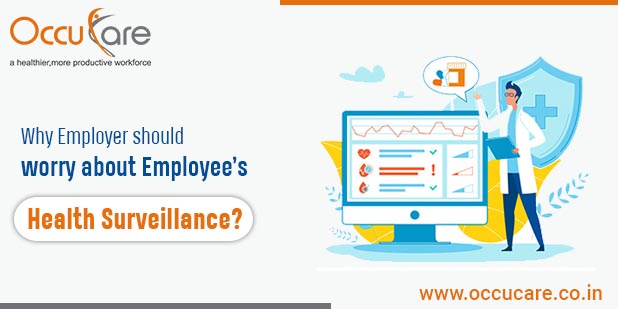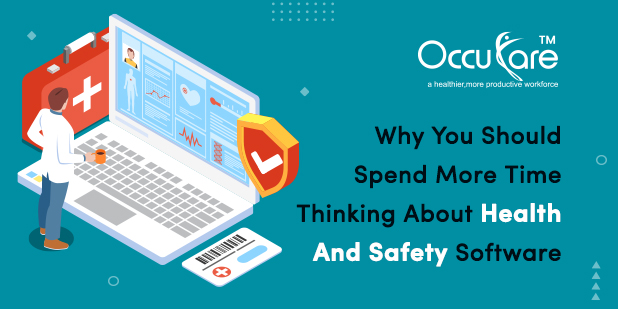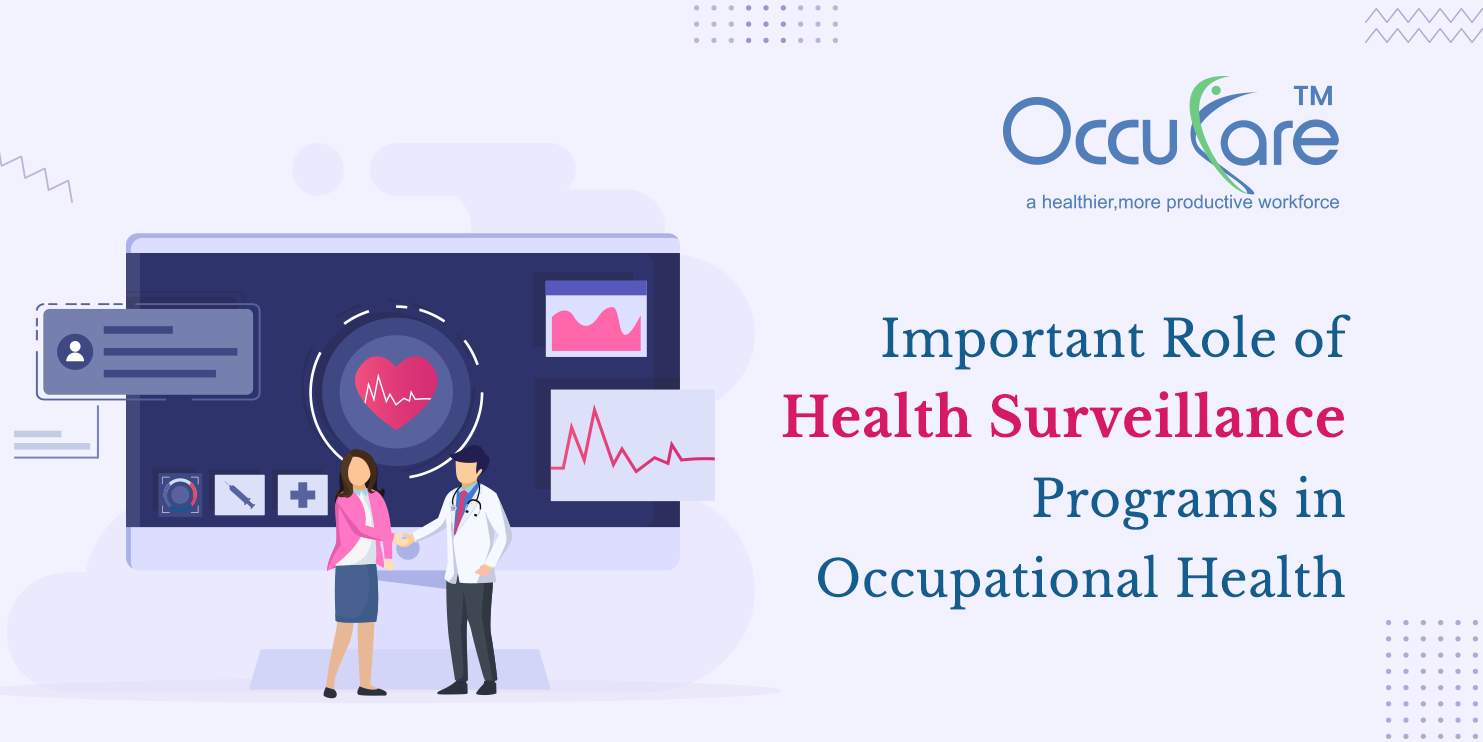Health surveillance at a workplace or occupational health monitoring is the periodic medical examination data collection and analysis of exposure and health effect on workers. Health inspection takes place in the form of either a periodic medical examination or a physiology assessment of workers or employees. The findings from health checks are used to identify the hazards exposure of the workers, individuals at increased risk.
Health surveillance allows companies to get information about their employee’s health and help them to protect from health risks at the workplace. Health control measures at the companies may not always be reliable, and health monitoring can help identify any potential ill effects on their employees proactively and improve their employee’s health after detecting the disease on time.

The purpose of health surveillance at companies is to maintain the health and safety of their employees. Health monitoring is important in the workplace so that employers can detect ill-health effects at an early stage and start implementing better health control measures to prevent them from getting worse. It helps employers to provide medical data of their employee’s so that they can evaluate the health risk. Health inspection helps employee’s to know- how work affects their health and provide the training and education to the employees on the impact of health effects and the use of personnel protective equipment.
he health surveillance program aims to keep employees healthy and ensures that employers are meeting OSHA standards in the field of health and safety. Health monitoring has an importance on prevention: it is meant to identify all possible workplace hazards before invariable health effects can occur.
Health surveillance targets unfeigned health events. Health inspection is a secondary line of support after the control of direct hazards. NIOSH advises the health check-ups of employees when exposed to hazardous substances. The components of health surveillance plan generally include the following:-
- 1. A primary medical examination and collection of medical and occupational records.
- 2. Periodic medical examinations at frequently scheduled intervals, including specific medical screening for individual employees according to their work profile.
- 3. Enhance and detailed medical examinations as indicated on the source of findings from periodic examinations data.
- 4. Post-incident examinations and record of post-incident data.
- 5. Employee’s training should be organized to recognize symptoms of exposure to a hazardous substance.
- 6. A composed description of medical conclusions.
- 7. Employer activities in reply to the classification of the potential hazard.
When the purpose of a health check-ups plan is to detect early signs of work-related illness and disease, medical screening should be done to discover preclinical developments in organ function or modifications before an employee would usually ask medical care. The medical screening program should follow the criteria, and specific disease must be determined by the selected test.
Medical examinations and tests are managed in several workplaces to determine whether an employee can deliver the essential functions of the job. Health inspection of workers is also expected by the law when there is a danger to a specific workplace hazard and has defined various standards that ask health monitoring of workers in addition to substance-specific standards.
Exposure monitoring should always be conducted by companies from time to time to analyze workplace health and safety standards are been maintained or not. Health inspection is not important for those companies whose workers are not at risk while operating but companies whose worker at risk while on duty they should surely practice health checks.
Health surveillance cycle






